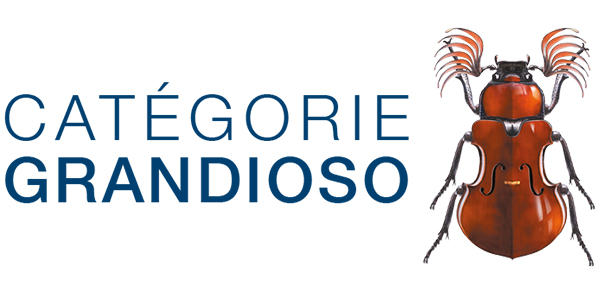19:30 Eglise de Saanen
S. Rachmaninov
Danses symphoniques pour deux pianos op. 45b
C. Saint-Saëns
« Le Carnaval des animaux »
Sergey Ostrovsky, premier violon
Pascale Servranckx-Delporte, deuxième violon
Lyda Chen, alto
Dan Sloutskovski, violoncelle
Ivy Wong, contrebasse
Claudia Pana, flûte
Dimitry Rasul-Kareyev, clarinette
Sébastien Cordier, percussions

